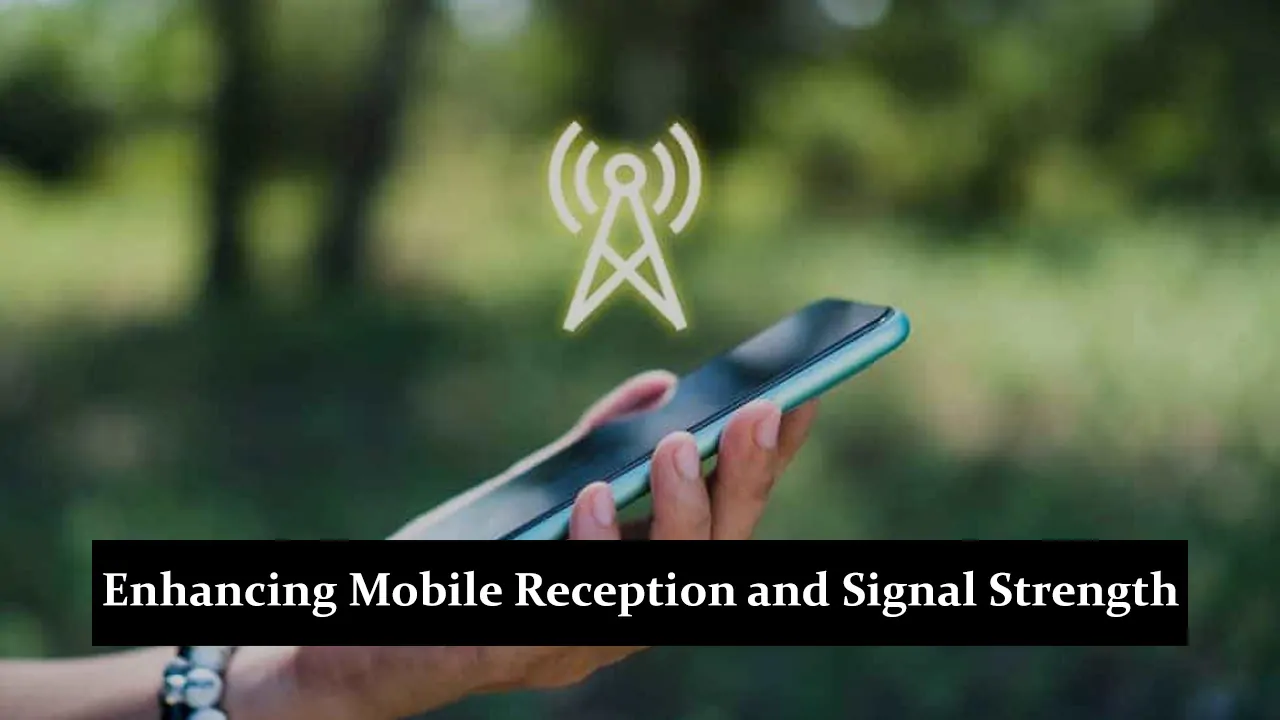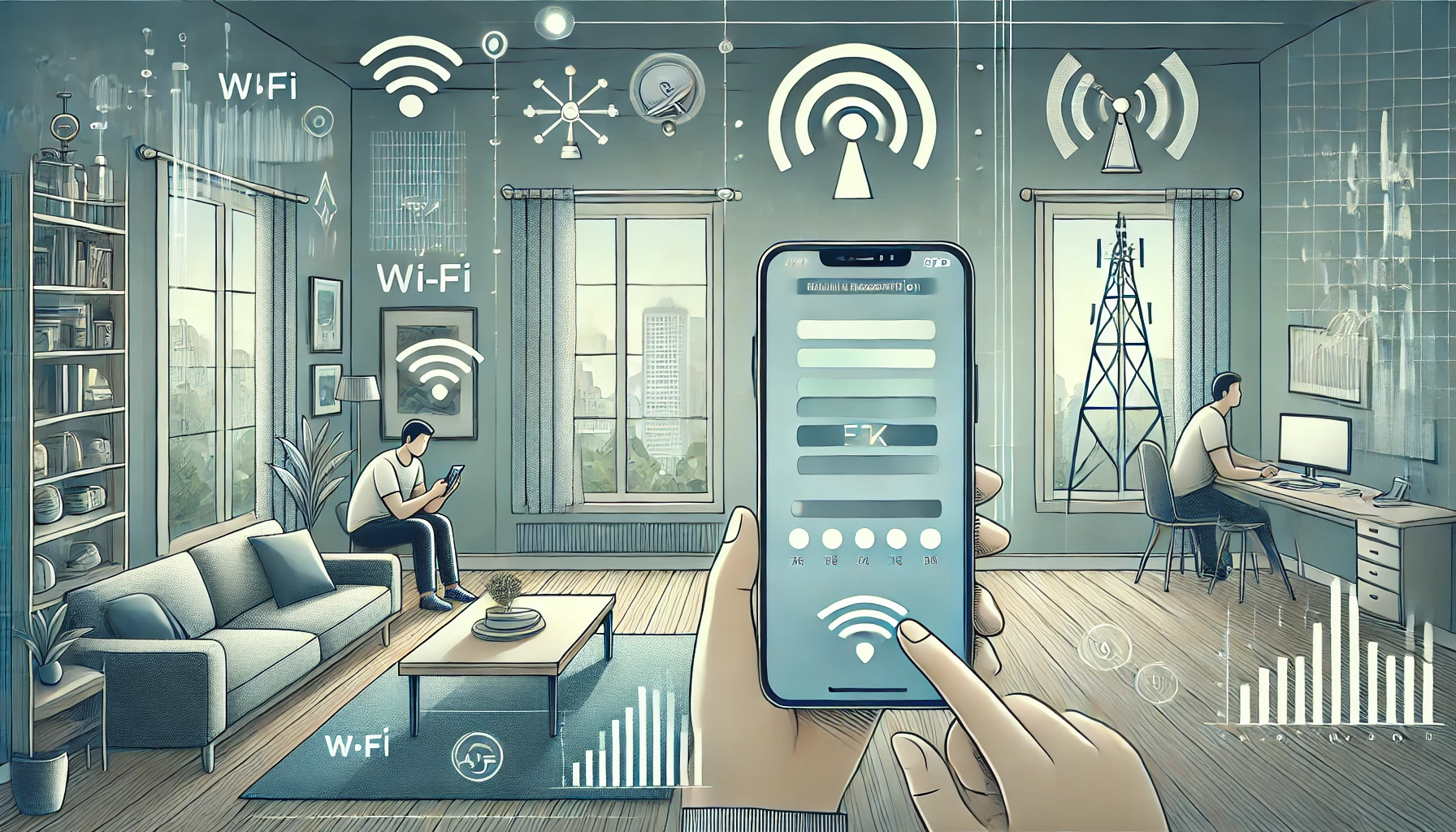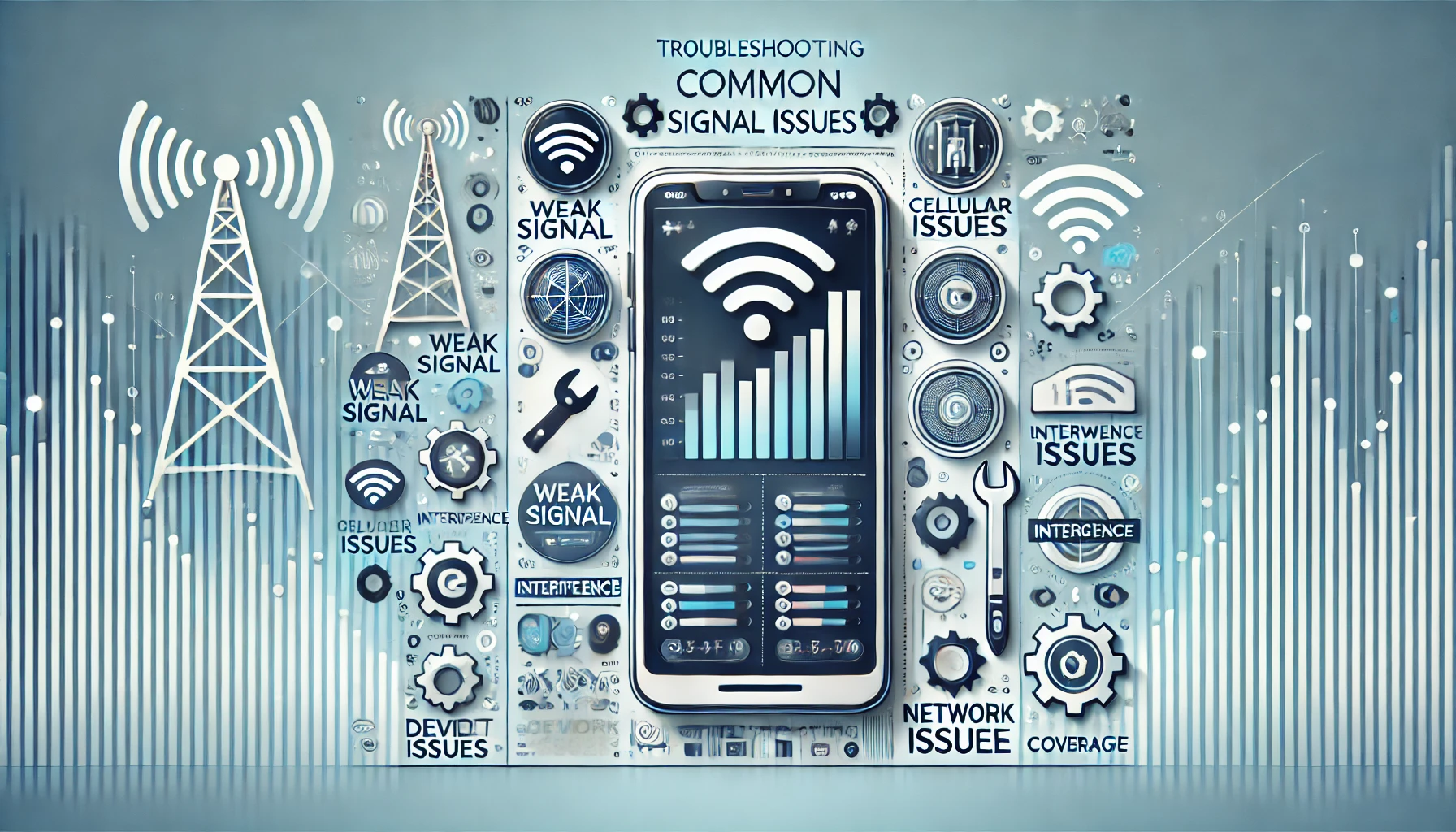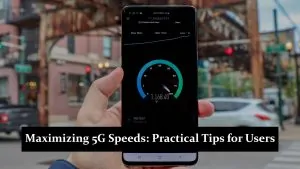In today’s digital age, strong mobile reception is essential for staying connected, whether for personal communication or business needs. Poor signal strength can lead to dropped calls, slow data speeds, and missed opportunities, disrupting daily life and causing frustration. The quality of mobile reception is influenced by several factors, including the distance from the nearest cell tower, physical obstructions like buildings and trees, weather conditions, and network congestion. Understanding these factors is crucial for addressing signal issues and ensuring reliable mobile connectivity.
Understanding Mobile Signal
Mobile signals are transmitted through radio waves from cell towers, also known as base stations, to your device. These signals travel through the air, enabling your phone to connect to the network and allowing you to make calls, send texts, and use data. The type of mobile network you connect to, whether it’s 2G, 3G, 4G, or 5G, significantly impacts signal strength and data speeds, with newer generations offering stronger signals and faster connections. Signal strength is typically displayed on your device as signal bars or in dBm (decibel-milliwatts) readings, where more bars or higher dBm values indicate a stronger signal. Understanding how these elements work together is key to optimizing your mobile reception.
Tips for Enhancing Mobile Reception at Home
Optimize Your Phone’s Settings
Enhancing mobile reception can often start with simple adjustments to your phone’s settings. Enabling Wi-Fi calling allows your phone to make calls over your Wi-Fi network, which can be particularly useful in areas with poor cellular coverage. Switching your phone to the strongest available network, whether it’s 3G, 4G, or 5G, can improve your connection quality and signal strength.
Positioning and Movement
The placement of your phone within your home can also impact signal strength. Finding higher spots, such as near windows or on upper floors, can help you catch a better signal. Additionally, moving away from electronic devices that may cause interference, like microwaves or cordless phones, can further improve your reception.
Use of Signal Boosters and Repeaters
Signal boosters and repeaters can be valuable tools for improving mobile reception at home. These devices work by amplifying the existing signal from outside your home and rebroadcasting it indoors. Some of the best signal boosters available on the market are designed to support multiple carriers and devices, ensuring a stronger, more reliable connection throughout your home.
Wi-Fi Calling and VoIP Apps
Wi-Fi calling is a convenient feature that uses your home Wi-Fi network to make and receive calls, bypassing the need for a strong cellular signal. This can be particularly beneficial in areas with weak reception. Popular VoIP apps like WhatsApp, Skype, and Viber offer alternative ways to communicate over the internet, ensuring you stay connected even when mobile signals are low.
Upgrade Your Device
Older phones may struggle with signal reception due to outdated technology and weaker antennas. Modern smartphones are equipped with advanced antennas and support newer network technologies, making them better suited for maintaining a strong signal. When purchasing a new phone, consider models that are known for their excellent reception and compatibility with the latest network standards.
Tips for Enhancing Mobile Reception On-the-Go
Choosing the Right Network Provider
When you’re on the go, the quality of your mobile reception largely depends on your network provider. It’s important to compare network coverage maps in your area to find the provider with the strongest signal in the places you frequent. A provider with a solid reputation for consistent signal strength can make a significant difference in maintaining a reliable connection while traveling.
Using Signal Boosters in Vehicles
For those who spend a lot of time on the road, portable signal boosters designed for vehicles can be a game-changer. These devices amplify weak signals, ensuring better reception in areas where coverage is spotty. When installing a signal booster in your car, follow the manufacturer’s instructions carefully to maximize its effectiveness and enjoy uninterrupted connectivity during your journey.
Manual Network Selection
In areas with weak or fluctuating signals, manually selecting a network on your phone can sometimes yield better results. By switching to a network with a stronger signal in your location, you can maintain better connectivity. This method is especially useful when traveling through areas where your primary network may not have strong coverage.
Avoiding Signal Interference
Signal interference can be a common issue while traveling, especially in congested areas. To minimize interference, try to avoid keeping your phone near other electronic devices that may cause disruptions.Keeping your phone charged is crucial, as a low battery can weaken your phone’s ability to maintain a strong signal, further impacting your mobile reception.
Advanced Tips and Technologies
Femtocells and Macrocells
Femtocells and macrocells are compact cellular base stations that help improve mobile reception by creating a localized signal within your home or office. These devices connect to your broadband internet and function like a miniature cell tower, providing strong coverage in areas where the signal is typically weak. Installing a femtocell or microcell is usually simple and involves connecting the device to your router and placing it in a central location. The benefits of using these technologies include reduced dropped calls, improved voice quality, and faster data speeds, making them ideal for both personal and professional environments.
Carrier Aggregation
Carrier aggregation is a sophisticated technology used in modern mobile networks to enhance signal strength and data speeds by combining multiple frequency bands. This process allows your device to tap into several signals at once, maximizing bandwidth and ensuring a more stable connection. By leveraging carrier aggregation, users experience faster download and upload speeds, as well as more reliable service in areas where network congestion might otherwise slow down performance.
Utilizing External Antennas
External antennas are powerful tools for boosting mobile reception, especially in areas with weak or inconsistent signals. There are various types of external antennas available, including omnidirectional antennas that capture signals from all directions and directional antennas that focus on signals from a specific direction. To install an external antenna effectively, it should be mounted in a high, unobstructed location, such as a rooftop or near a window, and connected to your device or signal booster. When properly installed and used, external antennas can significantly improve signal strength, ensuring better connectivity even in challenging environments.
Troubleshooting Common Signal Issues
Identifying the Root Cause of Poor Signal
Weak mobile signals can stem from various factors, including distance from the nearest cell tower, physical obstructions like buildings or terrain, weather conditions, and network congestion. To diagnose the problem, start by checking if the issue persists in different locations or if it’s specific to one area. You can also compare the signal strength on different devices to see if the problem is device-specific.
Steps to Improve Signal Strength
Once you’ve identified the root cause, there are several practical steps you can take to improve your signal strength. Try moving to a higher location or closer to a window, away from potential sources of interference. Ensure your phone’s software is up to date, as updates often include improvements for network connectivity. If the problem persists, consider using signal boosters, enabling Wi-Fi calling, or switching to a different network.
When to Contact Your Network Provider
If you’ve tried troubleshooting on your own but still experience poor signal strength, it may be time to contact your network provider. They can check for outages, offer specific solutions for your area, or even provide a signal booster. In some cases, switching to a provider with better coverage in your area may be the best long-term solution.
Conclusion
Improving mobile reception involves understanding the factors that affect signal strength, optimizing your phone’s settings, and utilizing advanced technologies like signal boosters and carrier aggregation. By implementing these tips, you can enjoy better connectivity and fewer dropped calls. We encourage you to try these strategies and share your experiences with us. Don’t forget to subscribe for more tech and mobile-related content to stay updated with the latest tips and trends.







